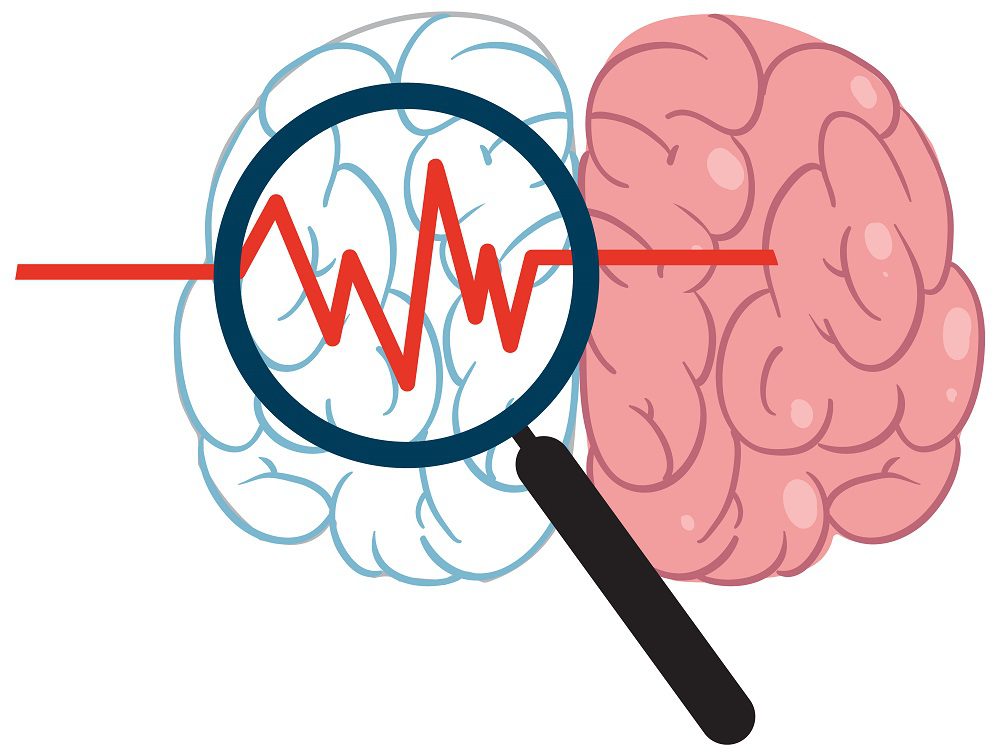Type 2 diabetes mellitus (T2DM) is known to be associated with neurobiological and cognitive defects. The neurocognitive impact of T2DM suggests a marked acceleration of normal brain aging. T2DM gray matter atrophy occurred approximately 26% ± 14% faster than seen with normal aging. The atrophy was most severe (6.2% gray matter loss compared to healthy controls) in the ventral striatum, a region critical to learning, decision-making, goal-directed behaviour, and cognitive control. These cognitive functions, collectively known as executive functioning, were (with processing speed) also those most affected by T2DM. Results suggest a neurometabolic component to brain aging. The structural and functional changes associated with T2DM marked overlap with the effects correlating with age but appear earlier, with disease duration linked to more severe neurodegeneration.
















